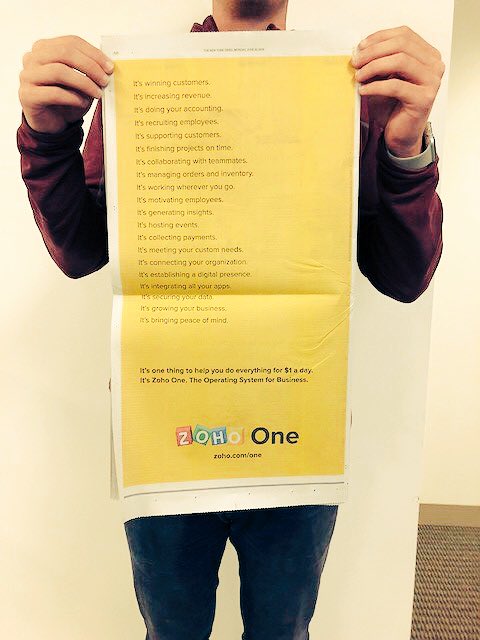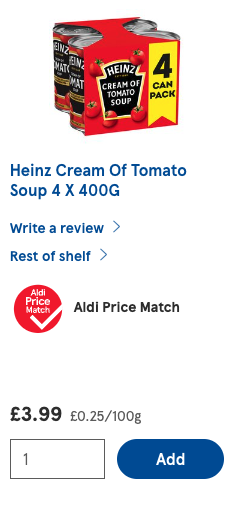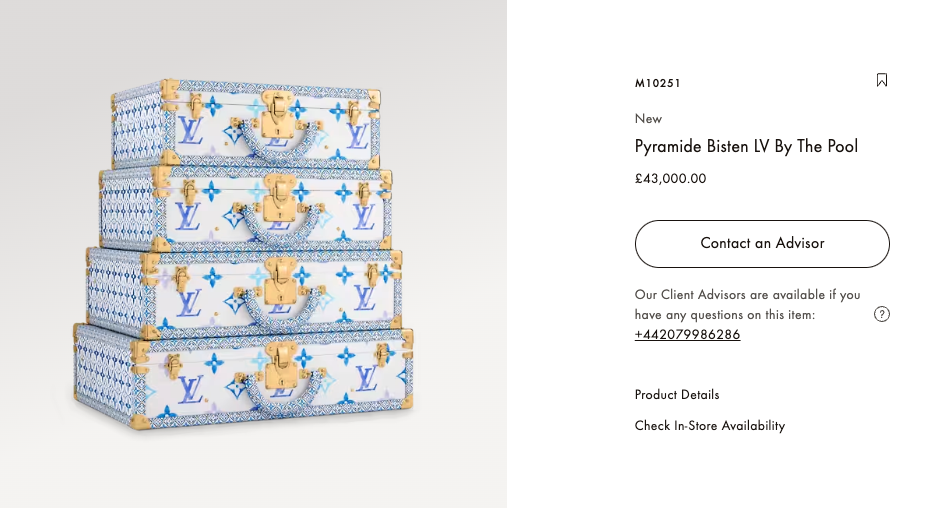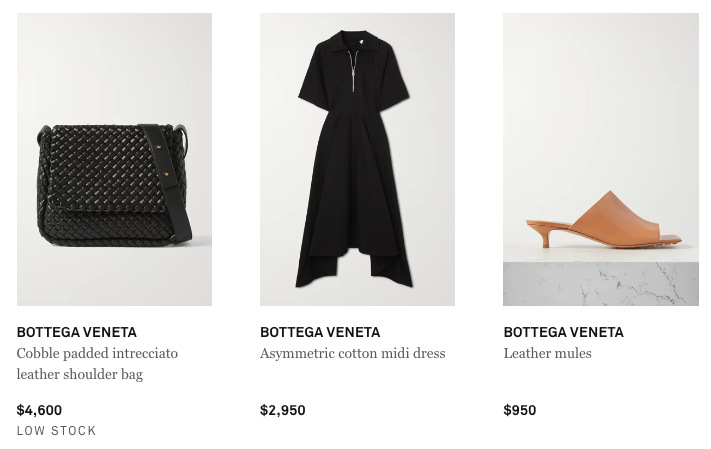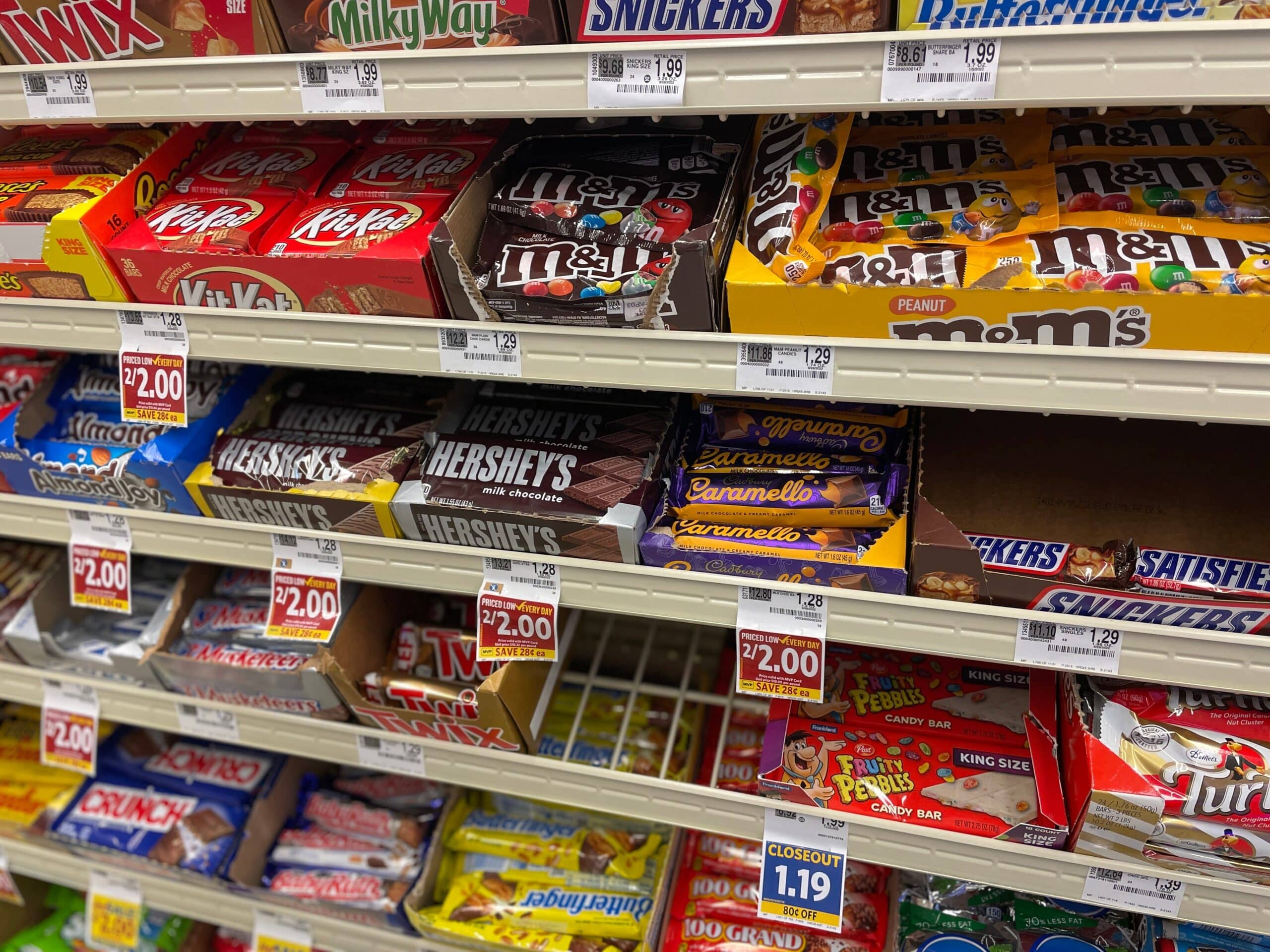Psychological pricing is a technique that leverages the flawed human decision-making process to create prices for products.
Basically, research says that people don't really know how much something should cost. We use our environment and context clues to try and figure out if a price is "fair."
A "good price" depends on your brand, your product, and the environment around them.
This is called Irrational Value Assessment, and it's the reason that Starbucks can charge $7 for the same cup of coffee that McDonald's sells for $1.
As William Poundstone, author of Priceless: The Myth of Fair Value wrote, "Prices are the most effective hidden persuaders."
(Note: If you want to apply any of the principles below, please make sure to test them and measure the effects before rolling these strategies out to your entire customer base.)
1. Break your prices into "cost per day"
Below you can see an example from Zoho One - a CRM software. The bottom line reads, "It's one thing to help you do everything for $1 a day."
2. Use Odd-Even Pricing
This strategy works best for value brands that want to seem like a good deal, but can backfire on luxury or high-priced brands. For example, this is a great strategy for value price-matched soup. But a set of Louis Vuitton luggage would be cheapened if it cost $42, 999.
3. Raise Your Price
4. Be Wary of Discounting
You'll kill your brand if you discount too much (just ask the Gap). And studies show that if your product is premium, discounts can attract unwanted attention to the price.
🚀 Unlock the psychological secrets of the
world's best marketing
Join 8k+ of world's best marketers from brands like Disney, Coca-Cola, Google who are learning marketing psychology in <5 mins a week.
5. Use Round Numbers
You can often spy this technique at work in grocery store candy aisles or for sale items (like the "2 for $2.00" deals below).

